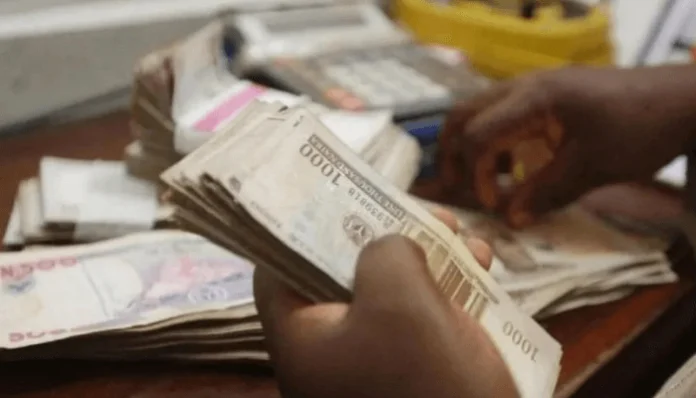Investors sell Nigerian Treasury bills after the Central Bank of Nigeria (CBN) lowered spot rates during the primary market auction. With inflation moderated, the real return on investment has improved.
Despite changing market factors, the Apex Bank maintained its spot rate cut following an initial lucrative offer made to investors in the last auction.
Treasury bills traded on a pessimistic note last week, following profit-taking operations on both short- and long-dated bills. As asset prices fell due to the selloff, the average yield across all instruments increased.
Cordros Capital Limited said that the average yield grew by 62 basis points to 20.3% in the Treasury bills segment and 92 basis points to 23.6% in the OMO sector.
On behalf of the CBN, Debt Management Office (DMO) offered Nigerian treasury bills worth N161.88 billion to investors for subscription in the secondary market.
The DMO total offer across standard maturities was split into N6.78 billion for the 91-day, N4.92 billion for the 182-day and N150.18 billion for the 364-day bills.
According to auction results, the subscription level settled lower at N563.17 billion, which was a significant reduction when compared to N1.13 trillion bet on T-bill in the previous auction.
The auction closed with the DMO allotting instruments worth N161.88 billion to investors who stake huge bets on naira asset across standard maturities.
The breakdown showed that N10.84 billion was allotted to investors for the 91-day bills. Also, the authority sold N2.52 billion worth of 182-day bills, and N148.52 billion for the 364-day papers.
According to auction results, stop rates on 91-day bills slumped to 16.63% from 17.00%. Spot rate for 182-day bills was slashed to 17.00% from 18.94% while rate for 364-day bills was reduced to 18.59% from 18.94%.
Analysts said they expect ample liquidity in the system to spur demand for instruments, leading to a decline in yields in the secondary market.














